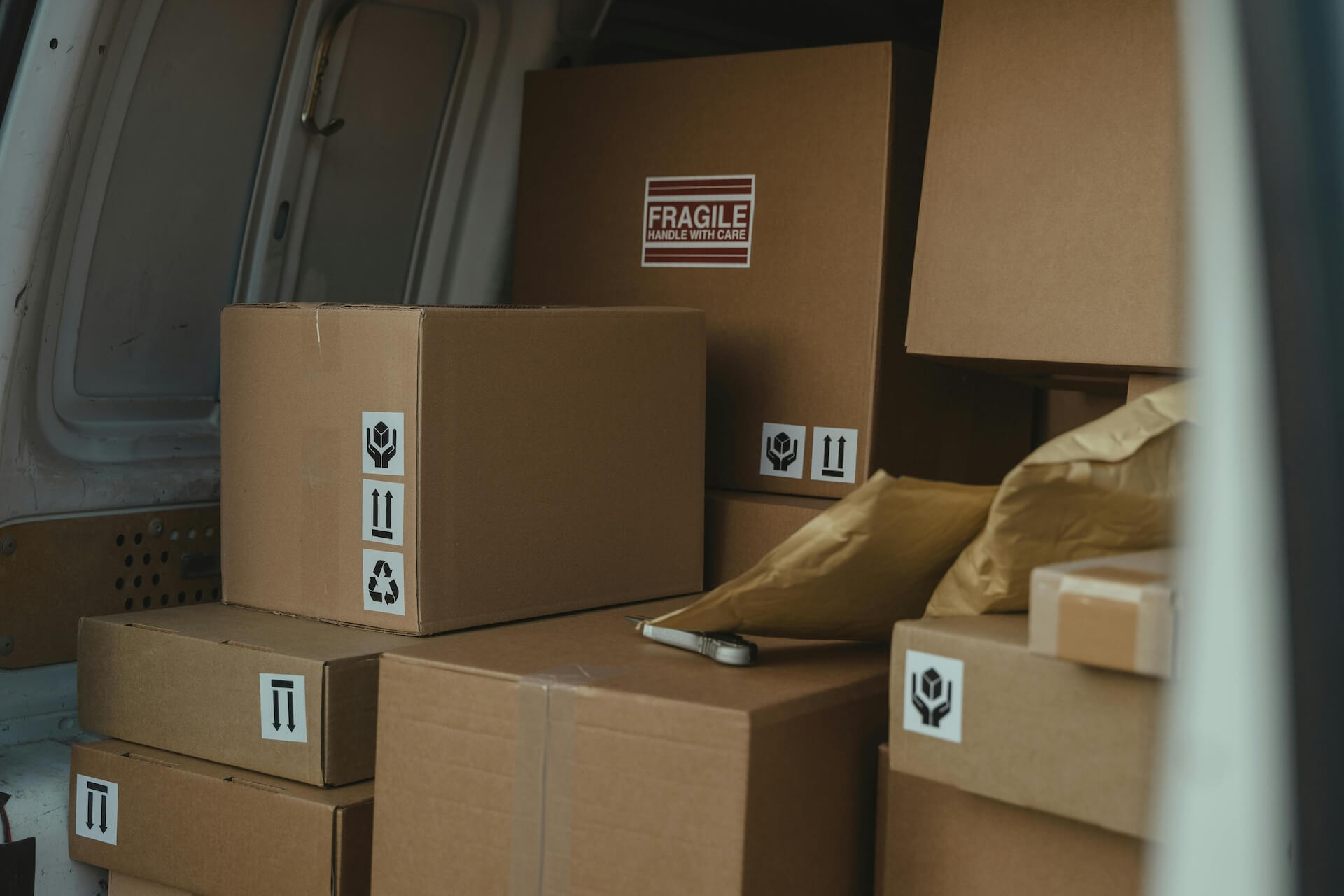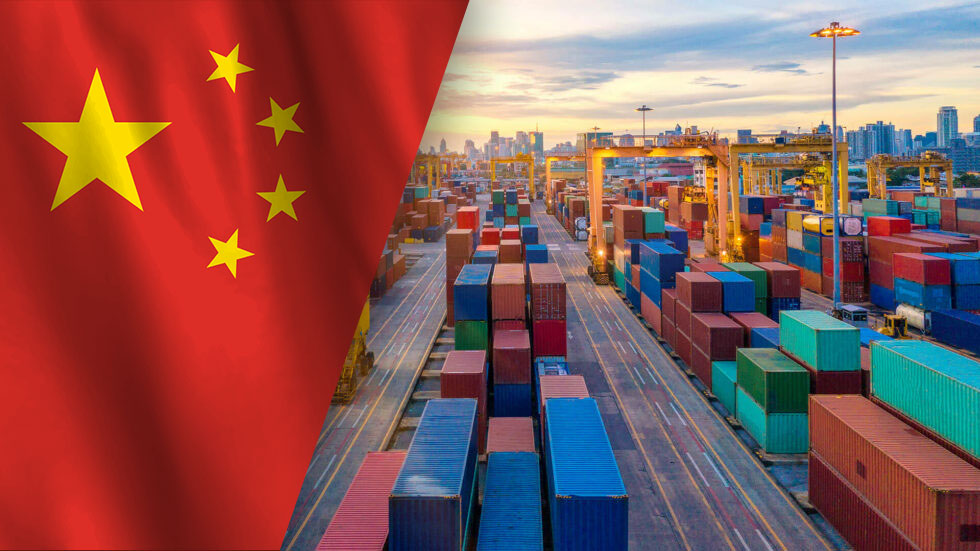Last week, due to their court-imposed deadline, CBP released the final Duty Drawback Regulations (Modernized Drawback). These regulations institute the new processes for drawback pursuant to the Trade Facilitation and Trade Enforcement Act of 2015 (TFTEA). This was a hotly-awaited document across all industries, as the drawback of the future was hinging on decisions that would be put forth.
While the changes in this 400+ page document are numerous, we reviewed it and picked out what we believe to be the top 10 most significant points:
-
- CBP decided that Mixed Claims will be allowed. Mixed Claims are when an import entry that is used on a Core Drawback claim may also be used on a TFTEA drawback claim. However, in this case, the import entry line that was used on the Core Drawback claim immediately becomes ineligible for use on a TFTEA drawback claim. Likewise, an import entry line that was used on a TFTEA drawback claim becomes immediately ineligible for use on a Core Drawback claim.
- Drawback refunds on domestic tax paid alcohol can only go back three-years as opposed to the 5-year time frame that TFTEA affords. The reason is because there is not an import involved, which is what triggers the countdown from the 5-year window.
- CBP stated that an electronic export system of the United States Government is acceptable for the proof of exportation for duty drawback purposes. However, this will only be allowed after CBP has officially approved the use of that electronic export system. At this time, AES data has not been officially approved by CBP for this purpose. Therefore, we may not rely on AES data as proof of export.
- CBP requires that destroyed merchandise claimed for drawback must now be valued at the time of its destruction. Many drawback claimants are concerned that this will result in a huge loss of drawback refund potential.
- The acquisition value or the production cost of the merchandise contained in a manufactured product, a piece of information newly required under TFTEA, can be determined by the generally accepted accounting principles (i.e. GAAP).
- Many in the industry sought to get solace from CBP on regulations about joint and severable liability, seeking a statement where CBP would avoid pursuing importers when they were not the claimant. CBP disagreed with this as the law states that all parties are liable, and so no commitment to abdicate enforcement of the law will be made. In order to claim duty drawback on excise tax there must have been excise tax paid on the goods sold upon exportation.
- A Waiver of Prior Notice will now be allowed for destruction drawback, provided that the destruction is an ongoing process. Previously, a Notice of Intent to Export (CBP form 7553) was required for these claims, creating an onerous process that will now be simplified.
- The proposed CBP requirement which stated the following was withdrawn: When merchandise is transferred to another company that intends to claim duty drawback on it, the transferring company must notify the other company if the transfer does not cover the entire quantity of merchandise reported on the specific entry summary line item. This was done because it was seen as an undue burden and the documents of the normal course of business would be sufficient.
- CBP confirmed the requirement called the “First Filed Rule”. This rule requires that the first type of TFTEA drawback that is used to claim on a particular import entry summary line, whether Direct Identification or Substitution drawback, will deem the other type of drawback not eligible to claim on that same entry summary line. For example, if the first drawback claim is a TFTEA Substitution drawback claim and it uses line item number 2 from import entry summary 943-XXXXXXX-X, this entry summary line becomes ineligible for use on a TFTEA direct identification drawback claim and visa versa.
With the final duty drawback regulations in place, we can finally begin to plan for the long-term future under TFTEA. Overall we find that most of these rules will be beneficial and simplifying, leading to better refund opportunities.
We will continue to update our clients as new changes or clarifications come down the pipeline. If you have direct questions for us, please feel free to reach out to our VP of Sales, Andrew Galloway, atagalloway@jmrodgers.com or 973-726-5340.
Read the full document:
Federal Register Final Rule – Modernized Drawback
Your work undertaken subject to our terms of conditions which are available online at www.jmrodgers.com/about/JMRTCS.html or upon request.





